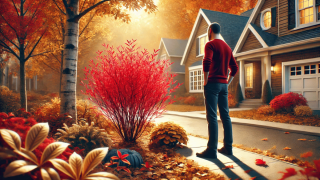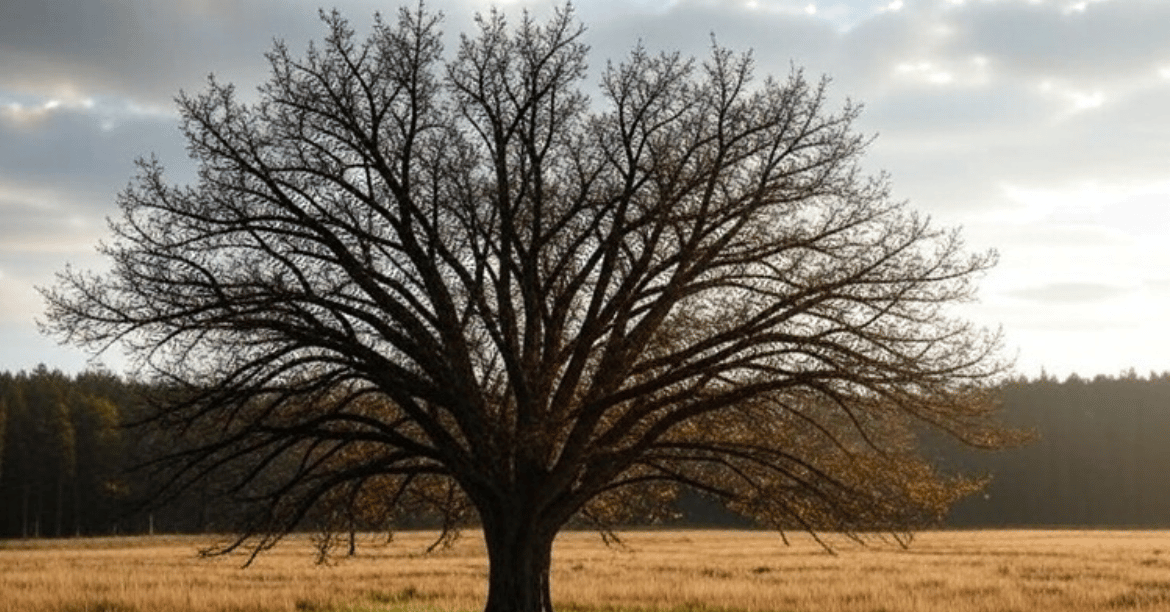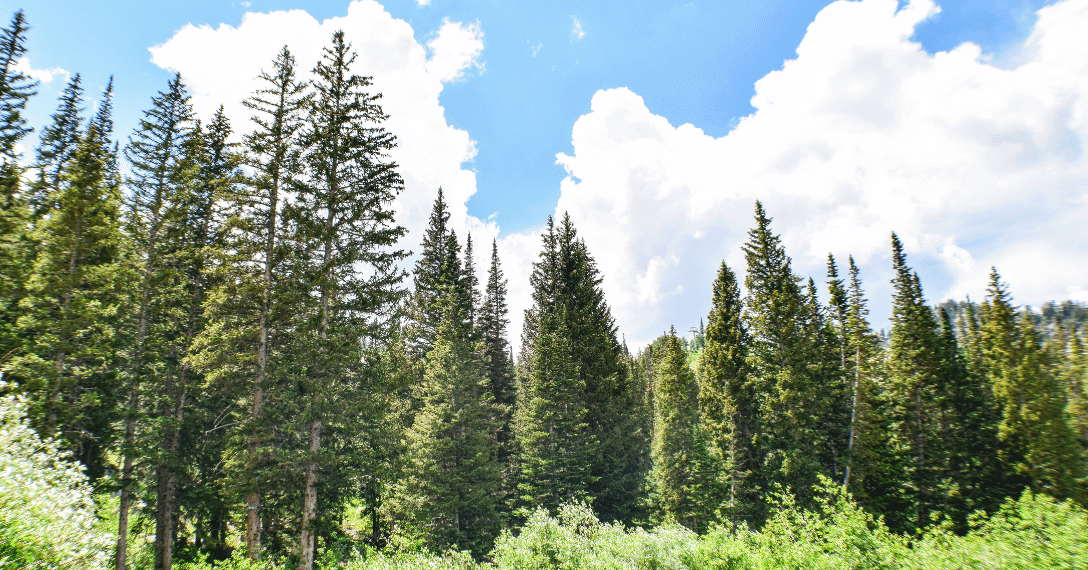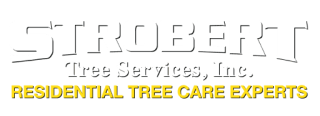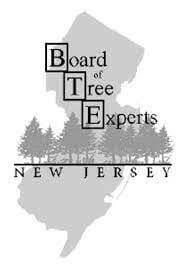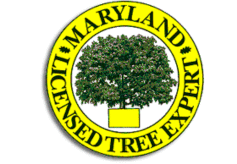The red twig dogwood shrub is a standout plant. It brings color, texture, and structure to your yard—especially in the winter. This plant is known for its bright red stems that glow against snow or bare ground. At Strobert Tree Services, we help homeowners care for these shrubs so they stay healthy and beautiful all year long.
What Is a Red Twig Dogwood Shrub?
The red twig dogwood (Cornus sericea) is a hardy, deciduous shrub. It grows in many parts of the United States. Most people love it for its fiery red stems, which are most visible when the leaves drop in fall.
This shrub can grow 6 to 9 feet tall and just as wide. It’s great for borders, hedges, or as a winter feature in your garden. Some varieties even have variegated leaves—green with white or yellow edges.
Varieties of Red Twig Dogwoods
There are several types of red twig dogwoods, each offering something unique for your landscape. Here's a look at some popular varieties and their standout features:
- Arctic Fire® – A compact version of the red-osier dogwood (Cornus sericea), perfect for smaller spaces. It stays under 5 feet tall and has vivid winter stems.
- Red Gnome – Another dwarf variety, ideal for borders and foundation plantings. It’s low-maintenance and has rich red stems.
- Argenteo-Marginata – Known for its variegated leaves, green with creamy-white edges. This Cornus alba cultivar adds interest even before winter.
- Cornus Alba – Also called Tatarian dogwood, it includes several colorful cultivars with red stems and colorful fall foliage.
- Cornus Sanguinea – Often called bloodtwig dogwood. This European species has darker red stems and thrives in hedges or mass plantings.
- Bud’s Yellow – A yellow twig dogwood that offers bright golden stems in winter. Great contrast against snow or darker evergreens.
- Variegated Red Twig Dogwood – Offers multi-season beauty with striking foliage and classic red stems in winter.
Why Homeowners Love Them
The red twig dogwood shrub is low-maintenance. It thrives in full sun to part shade. It tolerates wet soil and even helps prevent erosion. That’s why you often see it planted near ponds or along stream banks.
In spring, it produces small white flowers. These turn into white berries by late summer. Birds love them, so it’s great for attracting wildlife too.
But what really makes this plant shine? Winter. The bare red stems make a bold statement when everything else is brown or gray.
Blooming and Flower Characteristics
Red twig dogwood shrubs bloom in spring, usually between April and May. During this time, clusters of small white flowers appear at the tips of upright branches. While the flower fragrance is mild and not overpowering, it still attracts pollinators like bees and butterflies. These spring blossoms add contrast to the shrub’s green foliage or variegated leaves, depending on the variety.
The flowers are followed by white berries in summer, which are a favorite food source for songbirds and other wildlife. To encourage blooming, prune the shrub in late winter to promote new growth, and make sure it’s planted in a sunny spot with well-drained soil. Healthy new stems are more likely to bloom and keep your landscape looking vibrant through the bloom months.
Landscape Design and Companion Planting
Red twig dogwood shrubs are a bold and colorful choice for landscape design. Their bright red stems add a pop of color in winter, making them perfect for rain gardens, woodland borders, or as eye-catching accents. To boost their impact, try companion planting. Surround them with plants that bloom in different seasons, like black-eyed susans, asters, or joe-pye weed, for a layered look.
Shade-tolerant options like lily of the valley or azaleas work well under larger trees. For a more natural feel, add maiden grass, pussy willow, or chokeberry nearby. Winterberry and honeysuckle also make great neighbors, adding contrast and supporting pollinators. Mixing textures, heights, and colors helps create a balanced, attractive yard year-round.
How to Keep It Healthy
Like any plant, the red twig dogwood shrub needs care. At Strobert Tree Services, our certified arborists know how to prune, shape, and protect it from pests and diseases.
Here are some basics to follow:
- Prune in late winter or early spring.
This encourages new growth. The new stems have the brightest red color. We recommend removing about one-third of the oldest stems each year. This helps keep the plant full and colorful.
2. Watch for disease.
Dogwoods can be prone to fungal infections like leaf spot or canker. Proper spacing and airflow help reduce risk. If you see black spots or dying branches, call our team for a health check.
3. Water during drought.
Even though red twig dogwoods tolerate wet soil, they don’t like to dry out. Deep watering during dry spells keeps them healthy.
4. Mulch around the base.
This helps retain moisture and prevent weeds. But don’t pile mulch against the stems—leave a few inches of space.
Common Problems with Red Twig Dogwood Shrubs
One common complaint is the lack of red color in the stems. This usually happens when the plant gets too old or isn’t pruned regularly. Newer stems are brighter, so cutting back old wood helps bring the color back. Another issue is black spots on stems, which can be a sign of stem blight. This fungal disease affects the plant’s health and appearance. You may also notice the shrub forming dense clumps or spreading through suckering roots. These developing suckers can pop up in unwanted areas, especially in bogs or other wet areas where the plant thrives. Red twig dogwoods love wetlands, but too much moisture without airflow can lead to problems. If you see odd growth patterns or discoloration, it’s best to have the shrub checked. A certified arborist can spot issues early and keep your red twig dogwood healthy and vibrant.
Common Pests and Diseases
Red twig dogwood shrubs are hardy, but they can still face problems from pests and disease. Bagworms, leaf miners, and scale insects often target the leaves and stems, causing visible damage over time. Canker and leaf spots are common fungal issues, especially in damp conditions. If you see blackened or shriveled twigs, your shrub may have fungal-diseased branches or twig blights. Early signs like discolored leaves or slow growth should not be ignored. To prevent serious damage, prune infected areas, improve airflow, and contact a certified arborist. Keeping your red twig dogwood healthy starts with early detection and proper care.
When to Call Strobert Tree Services
We get it—plant care can feel overwhelming. That’s where we come in.
At Strobert Tree Services, we offer:
- Pruning and shaping to bring out the best in your red twig dogwood shrub
- Disease diagnosis and treatment using safe, effective methods
- Removal services if your shrub is beyond saving or needs to be replaced
- Soil and root health checks by certified arborists
Whether you need routine maintenance or help with a problem, we’re here for you. Our team is trained to spot issues before they become costly repairs.
Pruning and Propagation
Pruning red twig dogwoods is key to keeping their color potential strong and their shape healthy. The best time for early spring pruning is just before new growth starts. This allows you to remove problem stems and focus on stem rejuvenation, which encourages brighter red branches. Always use a sanitized cutting tool to avoid spreading disease and keep the plant structure in good shape. If your shrub is getting too large, growth control through root trimming can help manage its size without hurting overall health. After pruning, add compost and a slow-release fertilizer to support recovery and strong regrowth.
Propagation is simple if you follow a few steps. Take hardwood cuttings during winter, place them in moist soil or compost, and be patient. With time, they’ll form roots. Keep in mind that some trademarked cultivars may not grow true to type from cuttings, so check your plant variety first. Whether you’re shaping an existing shrub or growing a new one, regular care helps red twig dogwoods thrive in any yard.
When Should Red Twig Dogwoods Be Pruned?
Late winter or early spring is best. That’s when the shrub is dormant. It’s also easier to see the structure of the plant without leaves in the way.
We cut back old stems to the ground. This lets new, red stems grow in. The result? A vibrant plant that looks fresh and full each year.
Some homeowners prune lightly every year. Others wait a couple of years and then do a heavier cut. We can help you decide which approach is best.
Signs Your Shrub Needs Help
Look out for these signs that your red twig dogwood shrub might be in trouble:
- Stems turning black or gray instead of red
- Sparse growth or bare spots
- Leaves with brown edges or holes
- Stems that snap easily or feel soft at the base
These may be caused by pests, poor soil, or disease. Don’t ignore the early warnings. With the right care, most issues can be fixed.
Frequently Asked Questions about Red Twig Dogwood Shrubs
How fast do red twig dogwoods grow?
They have a moderate to fast growth rate, often reaching 6 to 9 feet tall and wide within a few years.
Are red twig dogwoods easy to care for?
Yes. They’re low-maintenance and adapt well to a variety of soil types, especially in wet areas.
Do they help with erosion control?
Absolutely. Their root systems stabilize soil, making them great for streambanks, slopes, and wetlands.
Are red twig dogwoods deer resistant?
Somewhat. While not deer-proof, they are less likely to be damaged by grazing compared to other shrubs.
Do they spread or form colonies?
Yes. They spread through suckering, which leads to colony formation if not controlled.
What are the best growing conditions?
Full sun to partial shade with moist, well-drained soil. They thrive in wet areas and boggy ground.
Can deer grazing impact the shrub?
Repeated grazing can weaken the plant or affect stem growth, so some protection may be needed in high-deer areas.
Need Help? Call the Pros.
If you’re not sure how to care for your red twig dogwood shrub, you’re not alone. Many homeowners love the look but aren’t sure how to prune or diagnose problems.
Contact Strobert Tree Services today.
Our certified arborists are ready to help with pruning, removal, or shrub healthcare. We serve clients in Delaware, Pennsylvania, and New Jersey.
Your yard deserves expert care. Let us help your red twig dogwood shrub shine all year long.


